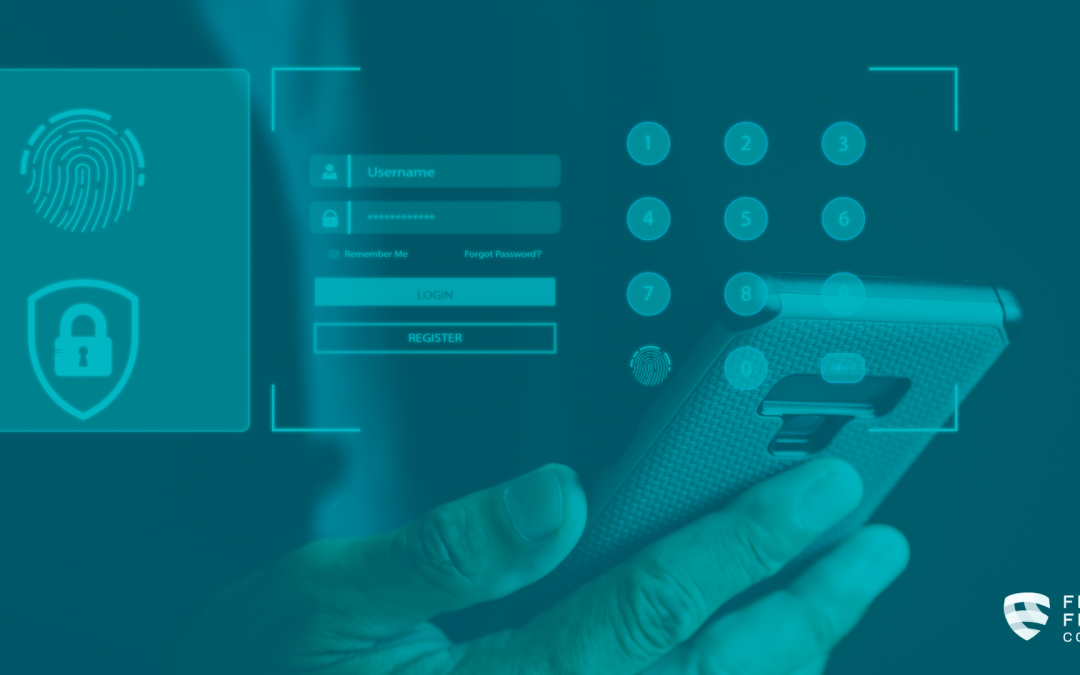In the relentless battle against financial fraud, the adoption of multi-factor authentication (MFA) stands as a testament to the industry’s commitment to safeguarding clients’ assets and personal information.
It’s also one of the largest points of resistance when trying to enforce customer adoption.
This blog delves into the critical role of MFA in fortifying security defenses, the synergy of combining biometrics with other authentication methods, and the challenges financial institutions face in customer adoption. Moreover, we discuss strategies for overcoming resistance by emphasizing the significant security benefits over minor inconveniences.
The Imperative for Multi-Layered Security
In today’s digital age, where cyber threats loom large, relying on single-factor authentication, such as passwords, is increasingly insufficient.
MFA introduces multiple layers of security, making unauthorized access exponentially more challenging for would-be attackers.
By requiring two or more verification factors—which could include something you know (like a password), something you have (such as a security token), and something you are (biometric data)—MFA creates a robust barrier against fraud.
Incorporating biometrics as a component of MFA capitalizes on the unique advantages of physiological and behavioral identifiers. Fingerprints, facial recognition, and voice patterns offer a level of security that is inherently difficult to replicate or steal, unlike traditional passwords. When layered with other authentication methods, biometrics enhance the security posture significantly, providing a seamless yet secure user experience.
Navigating Customer Resistance
Despite the evident security benefits, financial institutions often encounter resistance from customers when implementing MFA.
The friction points typically revolve around perceived inconvenience, with concerns about additional steps delaying access to banking services. Moreover, some customers may have privacy concerns, particularly regarding biometric data.
Educating customers about the critical importance of MFA is paramount in addressing these concerns. Financial institutions should communicate clearly how MFA works and its role in protecting accounts from unauthorized access.
Highlighting real-world incidents where MFA could have prevented fraud can make the concept more relatable. Furthermore, explaining the sophisticated encryption and privacy measures in place to protect biometric and other authentication data can alleviate privacy worries.
Strategies for Encouraging MFA Adoption
To encourage the adoption of MFA, financial institutions can take several approaches:
- Simplify the MFA process as much as possible, without compromising security, to help reduce perceived inconvenience.
- Offer a variety of authentication options to allow customers to choose the method they’re most comfortable with, increasing their likelihood of embracing MFA.
- Communicate regularly through various channels to reinforce the importance of security measures and gradually shift customer perceptions.
- Incentivizing MFA adoption is another effective strategy by offering rewards or benefits for enabling MFA to motivate customers to take that extra step.
- Provide an easy-to-access customer support to assist with any technical issues during the setup process to enhance the overall experience.
How the Financial Fraud Consortium Can Help
As financial institutions continue to navigate the complexities of fraud prevention, the Financial Fraud Consortium serves as a crucial resource for sharing knowledge, strategies, and technological advancements.
By joining the consortium, members gain access to a wealth of information and collaboration opportunities focused on next-gen fraud prevention methods like MFA. If you’re interested in strengthening your institution’s defenses and staying ahead in the fight against financial fraud, we encourage you to apply to join the Financial Fraud Consortium.
Together, we can build a safer future for the financial industry, leveraging cutting-edge technologies and collaborative efforts to protect against unauthorized access and fraud.

